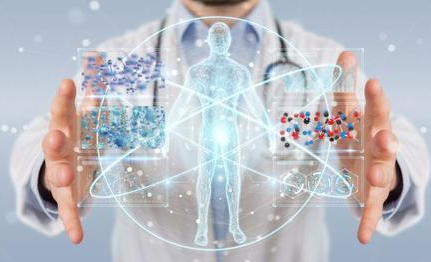HIV is Now a Preventable, Controllable, and Treatable Chronic Disease: Daily Contact Does Not Transmit It
On February 29th, the topic “HIV is now a preventable, controllable, and treatable chronic disease” has garnered attention. HIV has become a chronic disease that can be prevented, controlled, and treated, with the main transmission routes including sexual transmission, mother-to-child transmission, and blood transmission. Daily interactions such as hugging, shaking hands, and sharing meals do not transmit HIV.

- Response to High-Risk Behaviors
After engaging in high-risk behaviors, it is recommended to use post-exposure prophylaxis (PEP) drugs under the guidance of a doctor, preferably within 72 hours. The earlier the intervention, the better the effectiveness, significantly reducing the risk of infection.
- Stages of HIV Infection
- Acute Phase: After infection, individuals enter an acute phase where they may experience flu-like symptoms.
- Asymptomatic Period: During this period, the virus is latent, and the patient shows no obvious symptoms.
- AIDS Phase: This is the final stage of infection, where the virus compromises the immune system, leading to a reduction in CD4 immune cells.
- Treatment and Prevention Measures
- Antiviral Treatment: It is crucial to start antiviral medication as early as possible during the AIDS phase to minimize damage to the immune system and vital organs.
- Transmission Routes: The primary routes of transmission are sexual, mother-to-child, and blood transmission, while daily contact does not spread the virus.
- Post-Exposure Prophylaxis (PEP): Using PEP after high-risk behaviors can effectively reduce the risk of infection.
Early intervention, adherence to medical advice, and timely protective measures are essential for treating and preventing HIV. These actions can significantly lower the risk of infection and ensure individual health. For questions or more information, please consult medical experts.